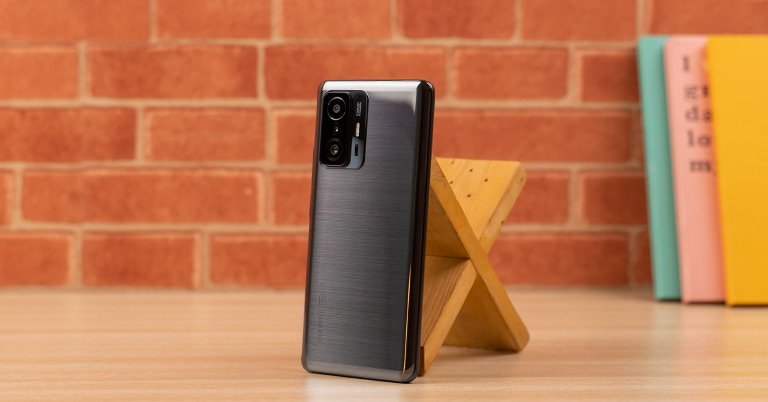
In this Xiaomi 11T Pro review, I’ll be discussing all about this sub-flagship phone. As we all know by now, Huawei’s tragic downfall from the smartphone scene sent ripples throughout the industry. Companies that were once comfortable in the budget and mid-range segment now have a solid presence in the semi-flagship and premium territory too.
And of course, Xiaomi is gonna be on that list. It recently launched the Xiaomi 11T Pro in India and a handful of other South Asian markets including Bangladesh, Pakistan, and Sri Lanka—while the phone originally debuted in the European region a few months ago.
Our intel suggests it was supposed to launch here in Nepal as well, but the ongoing chip shortage and the global supply chain disruption in this time of pandemic had other plans. Anyway, starting at INR 39,999—or INR 36,999 after bank discount—the Xiaomi 11T Pro presents itself as a worthy option for your money.
And looking at all the positive reviews for the phone, we thought “hey, looks like Xiaomi has hit another slam dunk!” But having used it for almost two weeks now, it feels anything but a “slam dunk”. More on this review of the Xiaomi 11T Pro.
Xiaomi 11T Pro Specifications:
- Body: 76.9 x 164.1 x 8.8mm, 204 gm, Glass back, aluminum frame, IP53 dust-and-splash resistance
- Display: 6.67-inches AMOLED “DotDisplay”, 120Hz refresh rate, Up to 480Hz touch sampling rate, Gorilla Glass Victus, Dolby Vision, HDR10+
- Resolution: FHD+ (2400 x 1080 pixels), 20:9 aspect ratio, 395 PPI
- Chipset: Qualcomm Snapdragon 888 (5nm mobile platform)
- CPU: Octa-core:
– 1x Kryo 680 Prime (Cortex-X1, 2.84 GHz)
– 3x Kryo 680 Gold (Cortex-A78, 2.42 GHz)
– 4x Kryo 680 Silver (Cortex-A55, 1.80 GHz) - GPU: Adreno 660
- Memory: 8/12GB LPDDR5 RAM, 128/256GB UFS 3.1 storage (fixed)
- Software & UI: Android 11 with Xiaomi’s MIUI 12.5 on top
- Rear Camera: Triple (with LED flash);
– 108MP, f/1.75 Samsung ISOCELL HM2 primary sensor
– 8MP, f/2.2 Sony IMX355 ultrawide sensor, 120º FOV
– 5MP, f/2.4 telemacro camera (3cm – 7cm AF) - Front Camera: 16MP f/2.45 sensor (punch-hole cutout)
- Audio: Stereo speaker setup, No 3.5mm headphone jack
- Security: Side-mounted fingerprint sensor, Face unlock
- Sensors: Accelerometer, Ambient light, Barometer, E-compass, Gyroscope, IR blaster, Proximity, X-axis linear vibration motor
- Connectivity: Dual-SIM (Nano), Dual-band WiFi 6 (802.11 a/b/g/n/ac/ax), Bluetooth 5.2, GPS / AGPS / Glonass / Beidou / NavIC, USB Type-C, NFC, 4G LTE (VoLTE), 5G
- Battery: 5000mAh with 120W fast charging (adapter provided)
- Color Options: Meteorite Black, Moonlight White, Celestial Blue
- Price in Nepal: N/A (INR 39,999 for 8/128GB in India)
Xiaomi 11T Pro Review:
Performance
- Octa-core Qualcomm Snapdragon 888 5G SoC (5nm)
- 8/12GB LPDDR5 RAM, 128/256GB UFS 3.1 storage (fixed)
- Android 12 with Xiaomi’s MIUI 12.5 on top
The said disappointment starts with the performance itself. Powering the phone is the Snapdragon 888 chipset with 8 to 12GB of LPDDR5 RAM and either 128 or 256GB of UFS 3.1 storage. Those are flagship-tier specs, so it’s only natural to expect flagship-level performance here.
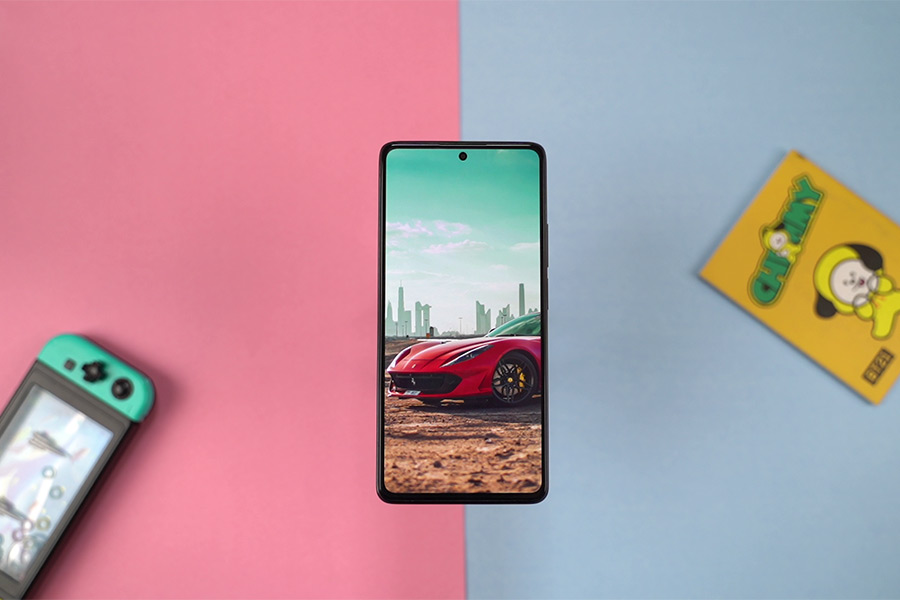
Granted it has zero trouble under lightweight, everyday chores—but when you want it to pull some serious weight in terms of relatively more testing workloads, the Xiaomi 11T Pro shows its true colors.
Be it running benchmarks or gaming, there’s some heavy performance throttling going on here. And… I have a theory about why this is happening. You see, not all chips are created equal—or rather—they can’t be created as absolute equals because of just how delicate, complicated, and ultimately imprecise the chip-making process is.
Therefore, Snapdragon 888 in phone X might not deliver precisely the same level of power as Snapdragon 888 on phone Y.
This is where chip binning comes in, which is basically grading or sorting chips based on their clock speed, heat output, voltage requirement, and the like. So it’s possible that Xiaomi was dealt with a low-binned Snapdragon 888 for the 11T Pro.
Blame it on the chip shortage?
What supports this theory besides the actual tests that I’ll get into shortly is the aforementioned chip shortage where OEMs are struggling to find adequate supply to their demand—meaning not every smartphone vendor can get their hands on high-binned chips.
Plus, low-binned chips are cheaper than their more competent, high-binned counterparts, which is crucial for a Snapdragon 888 phone in this price range.
With that out of the way, let’s take a look at 20 threads CPU throttling test on the Xiaomi 11T Pro. Compared to the OnePlus 9RT with the same processor—in both 30 and 60 minutes runs—the 11T Pro shows roughly 10% higher throttling. Moreover, I noticed that the Cortex-X1 core isn’t up to the mark here.
| CPU Throttling Test (20 Threads) | Xiaomi 11T Pro | OnePlus 9RT |
| 30 minutes | Throttled to 81% | Throttled to 90% |
| 60 minutes | Throttled to 80% | Throttled to 88% |
Rated at up to 2.84GHz clock speed, the chip struggles to maintain that frequency for very long in all-core workloads like the one above. 11T Pro’s Cortex-X1 hits the 2.84GHz mark for the first 20-30 seconds into the test, then comfortably rests on 2.15GHz territory.

In comparison, 9RT’s Cortex-X1 is evidently fed more voltage since its resting clock speed revolves around 2.49 – 2.59GHz. Mind you that no chip can keep up at its max frequency for too long—especially a mobile chip that fits in such a compact chassis. The max clock speed is observable only for a brief time, which is why it’s also called “burst frequency”.
Regardless, our test tells us two possible things. One, the Snapdragon 888 on this phone is indeed low-binned. And two, the “liquid cool” solution on this phone isn’t as effective either—meaning the company is deliberately lowering voltage fed to the CPU cores to prevent significant overheating.
How’s gaming then?
On to the gaming side of the review, running Genshin Impact at its highest settings is not ideal on the Xiaomi 11T Pro. Under the 60 fps mode, the phone kicks off at a healthy 51-57 fps average. But after 5 minutes or so, we can see the framerate chart go down to roughly 32-35 fps. With 20 minutes into the game, it was averaging just 25-28 fps.
Although the phone doesn’t get insanely hot due to the cold ambient condition, I clocked the CPU and battery temperature at 49 and 39°C respectively—whereas the surface temperature near the camera module on either side of the phone sat at 40.8 and 41.6°C.
Because this is clearly not a playable setting, I tried lowering the graphics quality two tiers below to “Medium”. Even here, the 11T Pro delivers an average of 37-39 fps for the first 3-4 minutes—then settles to 27-31 fps after 10 minutes or so. The temperature readings are the same in this setting as well.
On to some less taxing titles, PUBG Mobile is pretty smooth at Ultra HD graphics and Ultra frame rates with a stable 40 fps average. But there were few negligible frame drops every now and then. For a smoother gaming experience, bringing it down to Extreme frame rate manages a stable 60 fps with no noticeable frame drops. The phone does get warm near the camera quite quickly, but it’s nothing uncomfortable.
“As expected, optimized games like Call of Duty break no sweat even at the max settings”. I wish I could say that since even COD is prone to minor frame drop to 52-56 fps after a while.
Is optimized for 120 fps-ready games
Yet, the good news here is that Xiaomi has enabled 120 fps mode in most high fps-optimized games—at least the ones I frequent. Critical Ops plays fine at Ultra graphics with no frame drops or any heating concerns. The same goes for Oddmar, but Injustice 2 turned out to be an exception.
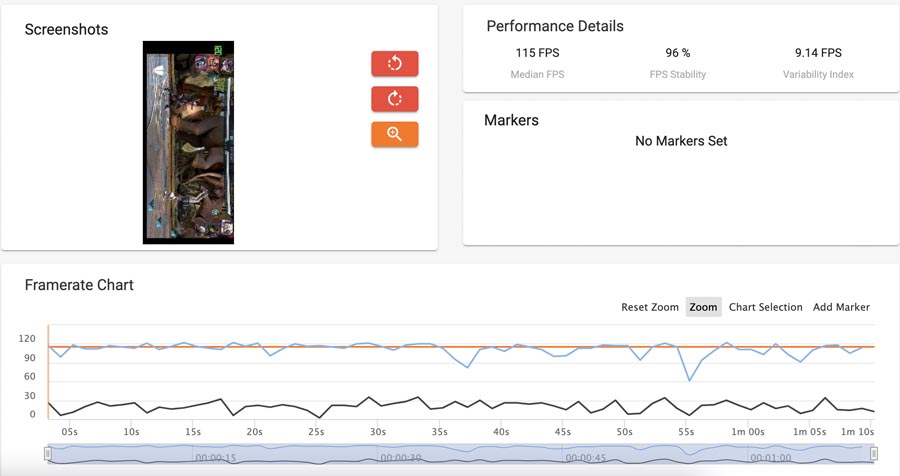
While the gameplay was fairly smooth overall, when it had to load a character’s super move and such, I noticed frame drop to 91-106 fps. To put Xiaomi 11T Pro’s gaming prowess into perspective, it’s considerably worse than the OnePlus 9RT—be it in terms of stability or thermal efficiency.
Gaming aside, the general day-to-day performance here is pretty solid. Even at the default settings, the animations feel quite snappy and responsive. I’m especially impressed with its RAM management since the phone manages to keep even the most resource-heavy apps in memory.
Xiaomi 11T Pro Review: Benchmarks
| Androbench | Sequential Read | 1938.89 MB/s |
| Sequential Write | 781.53 MB/s | |
| Cross Platform Disk Test (CPDT) | Sequential Read | 1.00 GB/s |
| Sequential Write | 523.53 MB/s | |
| AnTuTu v8.5.3 | Total | 654799 |
| CPU | 172380 | |
| GPU | 285174 | |
| Memory | 103931 | |
| UX | 93314 | |
| AnTuTu v9.2.9 | Total | 803988 |
| CPU | 206424 | |
| GPU | 316707 | |
| Memory | 132833 | |
| UX | 148024 | |
| Geekbench 5.4.4 | CPU (Single Core) | 1121 |
| CPU (Multi-Core) | 3602 | |
| Compute (OpenCL) | 4704 | |
| Compute (Vulkan) | 4506 | |
| 3DMark Wild Life | Overall | 5859 |
| Average FPS | 35.1 | |
| 3DMark Wild Life Stress | Best Loop | 5875 |
| Lowest Loop | 4970 | |
| Stability | 84.60% | |
| 3DMark Wild Life Extreme Stress | Best Loop | 1536 |
| Lowest Loop | 1266 | |
| Stability | 82.40% | |
| GFXBench – 1080p, Offscreen, ES 3.1 |
Aztec Ruins | 77 fps |
| Car Chase | 69 fps | |
| Manhattan 3.1 | 116 fps | |
| BrowserBench JetStream 2 | 121.677 | |
- Higher is better
There’s also the gimmicky “Memory extension” feature onboard that swaps 3GB of internal memory for RAM whenever necessary. The bloatware situation on the 11T Pro is respectable as well since it ships with no third-party apps pre-installed.
Xiaomi has switched to Google’s dialer and messaging app as default for its phones for a while now—although there are still a couple of redundant apps from the two vendors here.
Ad-less MIUI experience
Thankfully, you can get rid of most pre-installed apps, including the ones from Xiaomi. Given how this is a semi-flagship phone under the “Xiaomi” branding, push ads are non-existent on this phone. Further sweetening the pot is the fact that the company has promised 3 years of OS and 4 years of security updates for the Xiaomi 11T Pro.
Now that sounds great… on paper. We are well familiar with the company’s proficiency—or lack thereof—when it comes to software support so it’s only natural to be skeptical of that promise. Additionally, the phone ships with Android 11-based MIUI Global 12.5.2—while the company recently debuted MIUI 13 based on Android 12.

As a result, this cheeky launch schedule effectively puts Xiaomi in the clear of a proper 3 OS update. In other words, the 11T Pro should’ve launched with Android 12 and then updated up to Android 15. Instead, it shipped with Android 11 and will now be updated up to Android 14 only.
Besides, it seems that Xiaomi is really fond of the number “11”. No, that’s not a Stranger Things reference. From the phone’s name, Android version, to the security patch (November)—everything’s 11 here.
This could’ve been poetic if it wasn’t so overwhelmingly embarrassing.
Also, the MIUI experience hasn’t been all that great. Sure there are some helpful customizations available, but the few inherent bugs are a little too annoying. For starters, the adaptive refresh rate flat-out refuses to work sometimes and the screen sticks to a constant 120Hz—which in turn drains the battery.
And even though MIUI is kind on resource-heavy apps running in the background, smaller processes are killed willy-nilly. Still, you can lock specific apps in memory to save them from aggressive RAM management.
Design & Build
- 76.9 x 164.1 x 8.8mm, 204 grams
- Glass front/back, aluminum frames
- IP53 certified against dust/splash damage
Anyway, the Xiaomi 11T Pro isn’t exactly eye candy either. Just look at it, so… bland, so void of character. Especially this Meteorite Black variant that I have. This glossy glass finish is a welcome sanctuary for fingerprints and smudges—whereas dust collects up way too easily near the camera module. Neither does putting on a TPU case do anything for the dust build-up.
Fortunately, the Blue and White finishes of the 11T Pro bring a more palatable matte finish instead. Then again, this thing is wide. Why is it so wide?! You can forget about a comfortable single-handed experience with this phone—although the heft and weight distribution are pretty good.

I’m thankful for the curved edges as well, ‘cause I can imagine the usability struggle if it had flat frames like the Xiaomi 11i Hypercharge. Its 204 grams weight didn’t faze me in the slightest but if you’re accustomed to more lightweight phones, this will certainly take some getting used to.
Yet, contradicting the glossy body, the aluminum frames here do have a nice matte finish. There’s a power button on the right that’s also a fingerprint reader. The way it’s placed, my thumb instinctively reaches the scanner without any trouble. And of course, it’s fast and accurate. I would’ve liked it more the button was flushed to the frame, but that’s alright.
Other design wins for the Xiaomi 11T Pro include IP53 dust-and-splash resistance, IR blaster, and more. I know a more secure ingress protection would’ve been even better, but considering how some brands simply don’t bother with an IP certification on their sub-flagship phones, I guess it’s better than nothing.
Display
- 6.67-inches FHD+ AMOLED “DotDisplay”
- 120/480Hz refresh/touch sampling rate
- Gorilla Glass Victus, Dolby Vision support
But the display is where this phone shines the brightest. This 6.67” Full HD AMOLED screen brings all the high-end features you could imagine. From a fluid 120Hz refresh rate, ultra-responsive 480Hz touch sampling rate, to Dolby Vision support, no wonder the 11T Pro’s display has been certified A+ by DisplayMate.
Furthermore, Xiaomi has used Gorilla Glass Victus protection to ensure superior protection against accidental drops and scratches. The colors look punchy and with great contrast and black levels. In the default “Vivid” profile, the gamma level felt a little off and images looked a bit unnaturally brighter. Turns out, switching to the “P3” profile was the sweet spot for my eyes.
None of this matters that much because, thanks to the wide color gamut of this screen, Xiaomi gives you the option to tweak it as you please. Be it RGB levels or saturation, contrast, and gamma values—everything is customizable.

This might not matter a whole lot to many, but people with color blindness will certainly appreciate it. There’s a color correction option under the Accessibility settings itself, but this one’s more in-depth.
Bright and vibrant
Moving on, the Xiaomi 11T Pro stays perfectly legible no matter the lighting condition. Keeping auto-brightness turned on, the ambient sensor also kicks in fast enough to adjust the brightness level accordingly. Not just brightness levels, but this sensor enables automatic adjustment of colors based on the surrounding lighting condition as well. Just like Apple’s True Tone.
Almost forgot—this is a true 10-bit display, which means that it can reproduce over a billion colors and deliver the perfect HDR playback. I watched a bunch of Dolby Vision-ready shows on Netflix like Daredevil and Arcane on this phone and it was mesmerizing. Unlike the Xiaomi 11i Hypercharge, there’s no trouble with HDR playback here.
Plus, the built-in video toolbox turned out to be a surprisingly handy feature. With MEMC support, the phone artificially adds frames to make the content appear smoother than it is. While it works pretty well, the frame pacing breaks down completely on YouTube for a brief moment when you’re fast-forwarding or going back a few seconds in the video.
The 11T Pro can even upscale sub-720p videos but the oversharpening is a little too distracting to be all that useful. Moreover, this screen can get quite dim—which when paired with DC dimming—makes for a pleasant viewing experience at night.
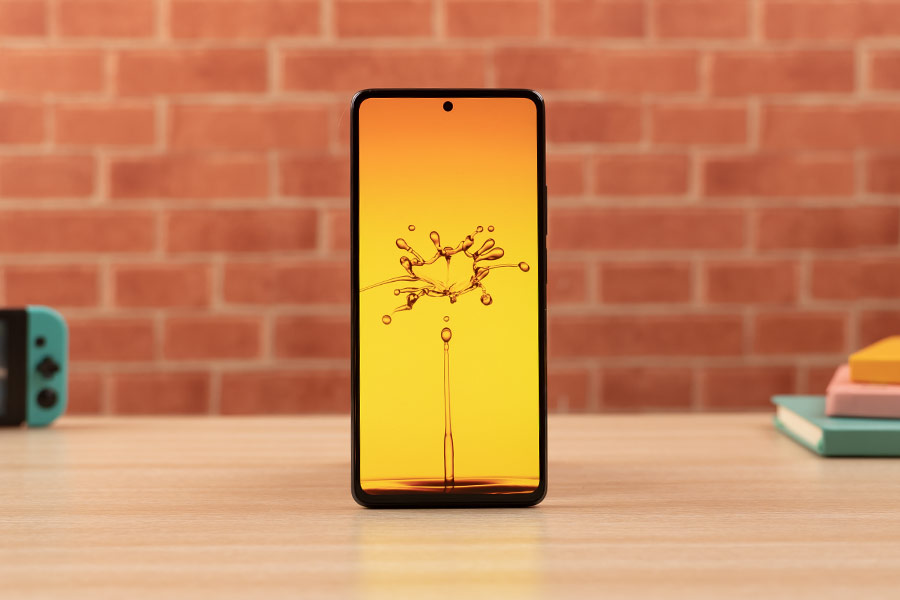
All in all, the Xiaomi 11T Pro has one of the best displays for a phone in this price category. If I absolutely had to nitpick, its off-axis viewing angle isn’t the best—where things tend to look a little greenish when looking at it from the side.
Audio & Haptics
- Dual stereo speakers, Dolby Atmos audio
- X-axis linear vibration motor
Complementing the amazing visuals is a fantastic set of stereo speakers tuned by Harman/Kardon. Dolby Atmos is turned on by default and you’ll want to keep it that way. These speakers can get quite loud, the stereo separation is great, and there’s no audible distortion at the highest volume level.
Besides, mids and highs sound terrific here—especially the mids. Its vibration motor, on the other hand, is just above-average though. I find the systemwide haptics a little soft, but the feedback upon typing or receiving calls is fairly strong and loud. Talking about calls, I had no trouble attending VoLTE calls on this phone.
Also, Xiaomi has continued its partnership with Elliptic Labs for the software-based virtual proximity sensor on the 11T series. While it has rendered no problem throughout my usage, its sensitivity is vividly inferior to hardware-based solutions like the one found on the OnePlus 9RT.
Cameras
- Triple camera setup at the back
- (108MP main, 8MP ultrawide, 5MP telemacro)
- 16MP selfie camera (punch-hole)
On to the camera section of the review, the Xiaomi 11T Pro borrows the same sensor arrangement as last year’s Mi 11X Pro. Besides cameras, these two phones share the same DNA in most aspects as well.
Anyway, you’re getting a 108MP Samsung HM2 primary sensor that takes 12MP images by default through 9 by 1 pixel binning. Following it is an 8MP Sony IMX355 ultrawide lens with a 120° field of view and a 5MP telemacro camera with 3 to 7cm autofocus.
Normal Images
In our OnePlus 9RT review, I’ve already compared its cameras against the Xiaomi 11T Pro. So I’ll be keeping things short here.
Anyway, the daylight shots look a bit unnaturally brightened while retaining a mild yellow/greenish hue on the 11T Pro.
And although it takes pretty well-balanced photos in some cases, the exposure control can be a hit-or-miss sometimes.
If you’re someone who prefers punchier images, there’s also a “Pro color” mode that boosts saturation levels.
Ultrawide Images
Then again, the ultrawide shots are not that detailed and look relatively contrast-heavy. Also, the aforementioned greenish tint is a lot more pronounced here.
Portrait Images
I’m not a fan of its portraits either. Subjects look oversharpened, contrasty, and with an unnatural color tone.
On top of a sub-par subject focus, the exposure control gives up completely against a sunny background.
Selfie Images
It’s the same with portrait selfies too.
Regular selfies are also kinda all over the place—sometimes putting out decent images and sometimes looking ghoulish with a lot oversharpening and reddish tint on the subject.
Macro Images
If you’re into macro photography, Xiaomi 11T Pro’s telemacro camera is something you’ll appreciate. Thanks to the variable autofocus, taking close-up pictures isn’t that much of a hassle here.
The images are great considering the macro capabilities of other phones in this price range—albeit slightly oversaturated.
Nighttime Images
Xiaomi 11T Pro takes nice nighttime shots too, especially when there’s adequate ambient lighting. The detail levels aren’t half bad but you can notice the eerie greenish overlay—especially under a dimly lit environment.
And the way the image processing tries to maintain an equal level of exposure throughout the image ends up looking odd instead.
Yet, its ultrawide camera can’t pull in light as much—while there’s not much to talk about when it comes to details.
With Night Mode turned on, you get sharper images with comparatively superior HDR processing.
Take this shot for instance. The Night Mode shot doesn’t deliver true-to-life colors as well, but the crimson red ambiance is better represented here.
Ultrawide night mode images are quite muddy and with little detail. Maybe if Xiaomi had gone with a 16MP ultrawide camera, things would’ve been somewhat different.
Videography
On the video front, the 11T Pro can record at up to 8K/30 fps. I guess it’s alright if you’re shooting with the camera rested somewhere, but 4K/30 fps is the way to go for many. The 8K footage is marginally wobbly despite my best efforts at keeping my hands still. And they don’t look very different either.
So, I’ll suggest you save the precious drive space by switching to 4K resolution. Unfortunately, Xiaomi has skipped on OIS here—meaning 4K/60 fps videos are subject to minor jitters. It even struggles with exposure maintenance.
Even 1080p/60 fps mode lacks any form of stabilization and the “Steady” mode is only available at 1080p/30 fps. However, with a steady pair of hands, videos look steady enough at 60 fps itself. The audio pickup from mics is pretty good too, but the background noise cancellation could’ve been slightly better.
Selfie videos cap out at 1080p/60 fps, which is a pretty big deal seeing how even high-end phones like the OnePlus 9 Pro and Pixel 6 are limited to 1080p/30 fps recordings.
Nevertheless, its exposure control is pretty bad—under both 1080p/ 60 and 30fps mode. Like the selfie images, videos from the front camera tend to look oversharpened with a reddish hue as well. To spice up the videography experience, Xiaomi has provided a bunch of additional features including Dual Video, Movie Effects, and such.
So, it’s clear as day that the Xiaomi 11T Pro is not a good camera phone.
The hardware is there—from the camera array to Snapdragon 888’s ISP—but the company has failed to couple that with an effective optimization. Oh wow, I’m having a déjà vu right now because it’s the same complaint I had with the Mi 11X Pro. Some things never change, do they?
Battery
- 5000mAh battery with 120W charging
Heading into this review, I was expecting above-average battery life on the Xiaomi 11T Pro. But all I managed to get was like 5 to 5.5 hours of SoT under a medium use case. This includes binging a ton of YouTube besides browsing through social media apps and taking a few pictures every now and then. Add some gaming into the mix then that number would go down by roughly an hour or so.
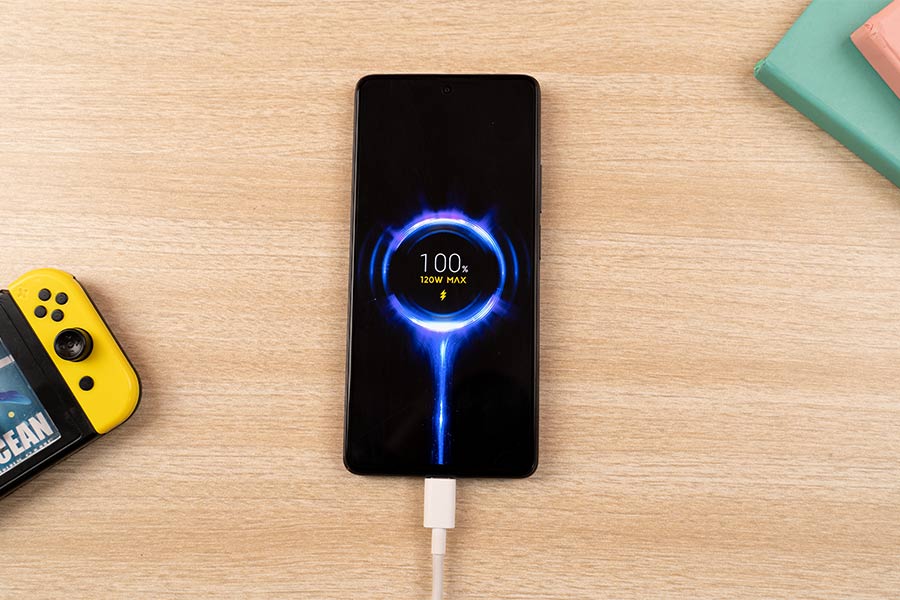
But charging the 11T Pro feels almost magical. According to Xiaomi, the 120W wired charger—that’s thankfully provided inside the box—can take it from 2 to 100% in just 17 minutes. The phone never hit the advertised charging speed in all my tests, but it was close.
| 1 to 50% | 50 to 80% | 80 to 90% | 90 to 100% | |
| Test 1 | 7m 32s | 12m 34s | 14m 28s | 17m 55s |
| Test 2 | 7m 07s | 15m 16s | 17m 58s | 22m 11s |
| Test 3 | 7m 24s | 12m 35s | 14m 37s | 18m 30s |
Also, it’s important to understand that the charging speed will vary depending on multiple factors. Most importantly, it is inversely proportional to the device’s temperature.
All the protection features built into the phone—including the temperature monitoring systems—prevent 120W of power to be distributed in case of high temperature and other unideal conditions. Xiaomi also says the 11T Pro can retain 80% of its battery capacity after 800 charge/discharge cycles but it’s simply too early to verify that claim.
Xiaomi 11T Pro Review: Conclusion
To sum up this review, the Xiaomi 11T Pro has failed to leave a good impression on me. Its performance throttling I discussed earlier effectively puts it out of the radar for those who’re looking for a gaming phone. And the wide form factor combined with a relatively heavy build quality means the 11T Pro isn’t the most ergonomic phone to many either.
Also, I know design is subjective—but God does this thing look generic and uninspired. As usual, Xiaomi’s camera optimization on its non-flagship phones leaves a lot to be desired as well.
But the 11T Pro does have a few redeeming qualities. Its display is class-leading and the stereo speakers are top-notch too. Besides the incredible charging speed itself, the fact that Xiaomi provides a compatible charger inside the box is praiseworthy. It also undercuts the OnePlus 9RT by an easy couple of thousand rupees, so the “value-for-money” debate comes into play as well.

Then again, 120W fast charging is not a bare necessity for me—or anyone for that matter. It would’ve been somewhat useful if the charger was USB PD compatible, but no. Xiaomi’s proprietary tech means it can’t charge my MacBook Air at all.
And although it’s certainly cheaper than the 9RT, you can find the iQOO 7 Legend for the same price. Not only does it bring a throttle-free performance, but it also has a much more versatile camera arrangement, an in-display fingerprint sensor, and a lot cooler design. But since the iQOO 9 series is launching soon in India, it might be out of stock pretty soon so you’re gonna have to hurry up.
Xiaomi 11T Pro Review: Pros & Cons
Pros:
- Class-leading display
- 120W fast charging support
- Terrific set of stereo speakers
- 3 years OS, 4 years security updates
- Can shoot 1080p/60 fps selfie videos
Cons:
- Unwieldy, wide build quality
- Heavy performance throttling
- Unoptimized cameras
- Fairly average haptic feedback
- Not the best battery endurance






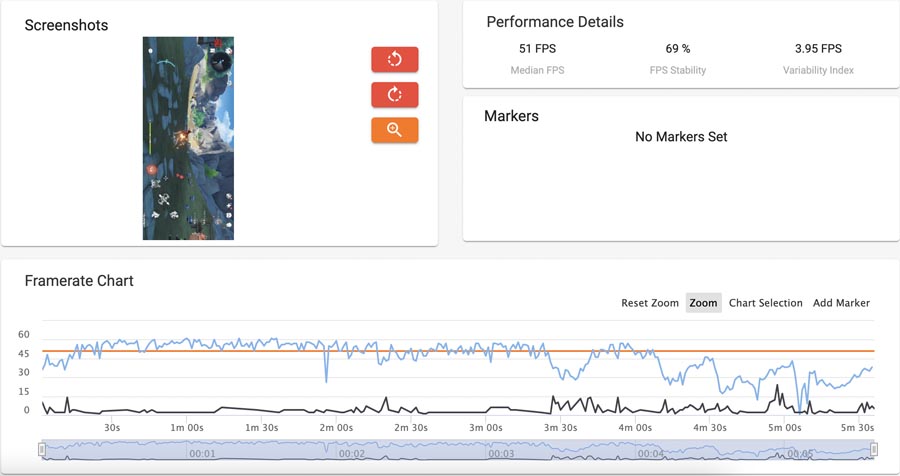
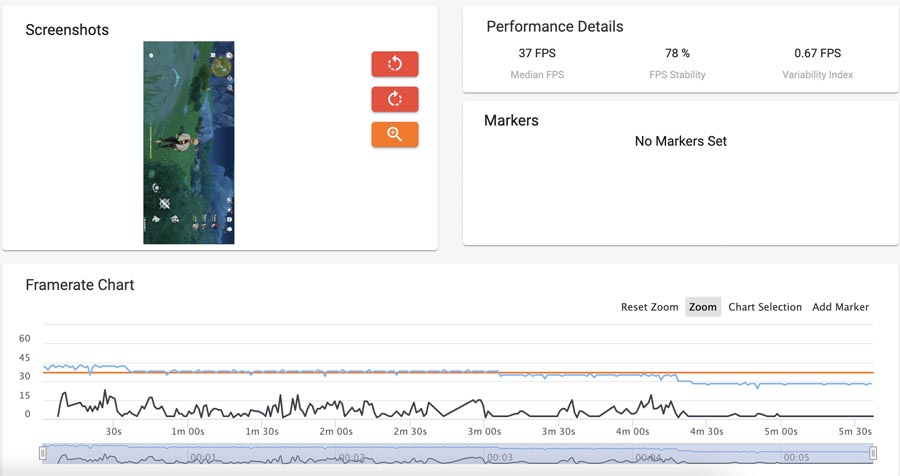

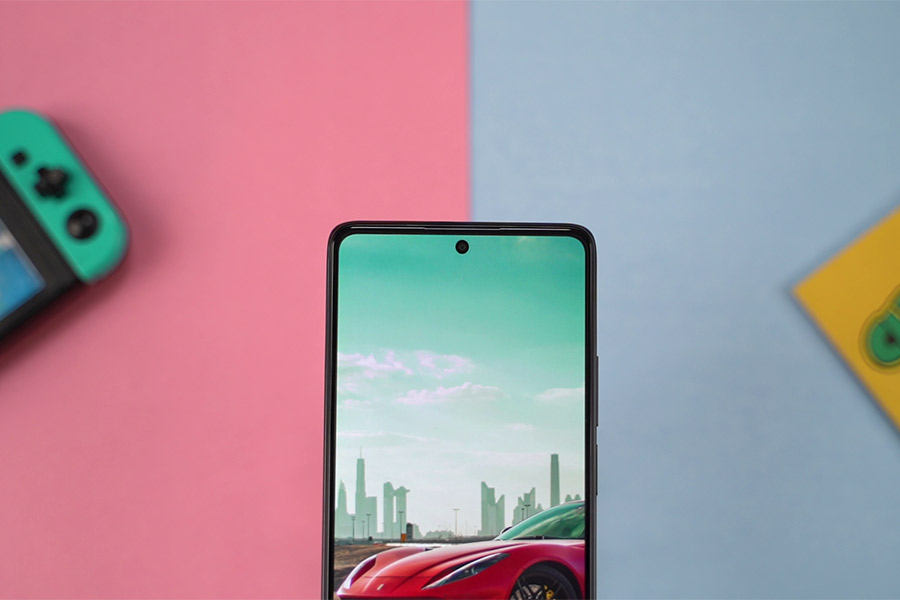
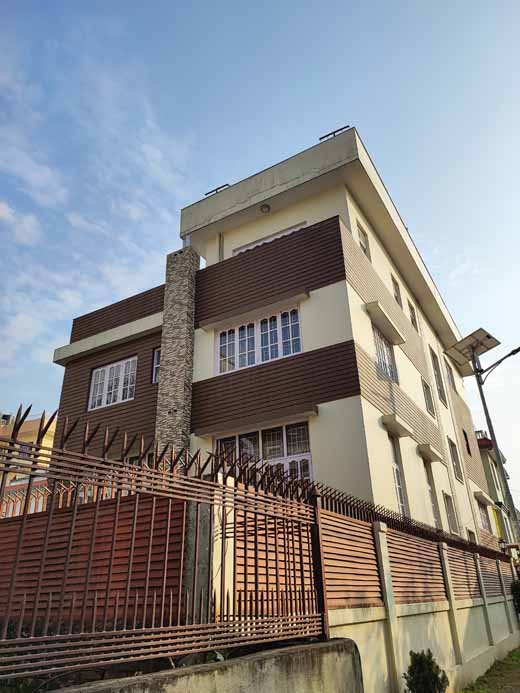
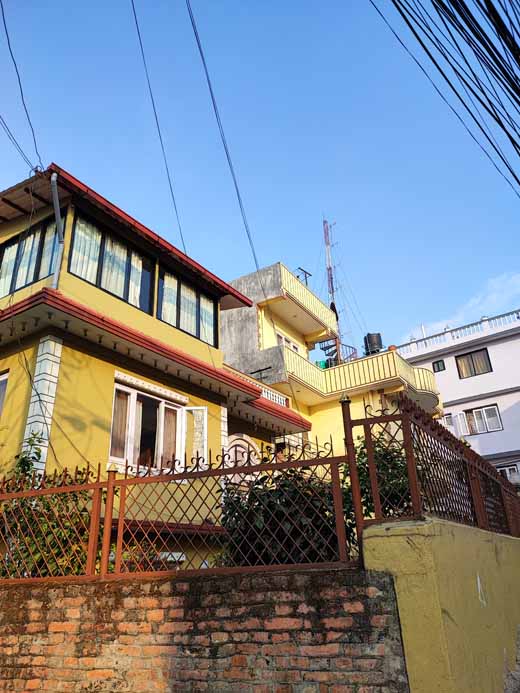

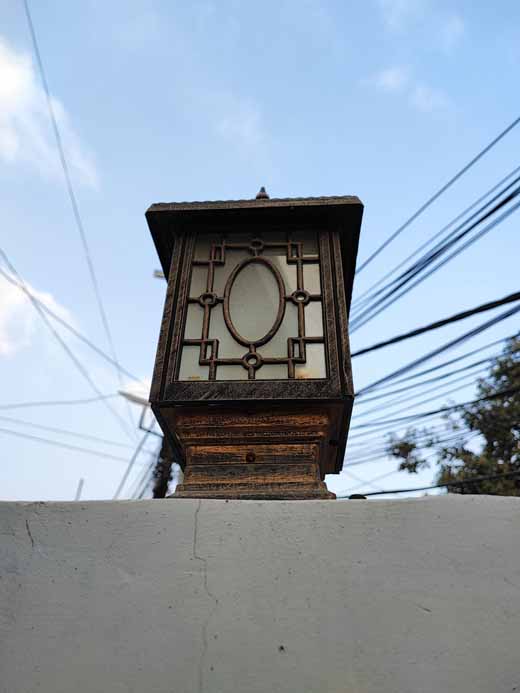






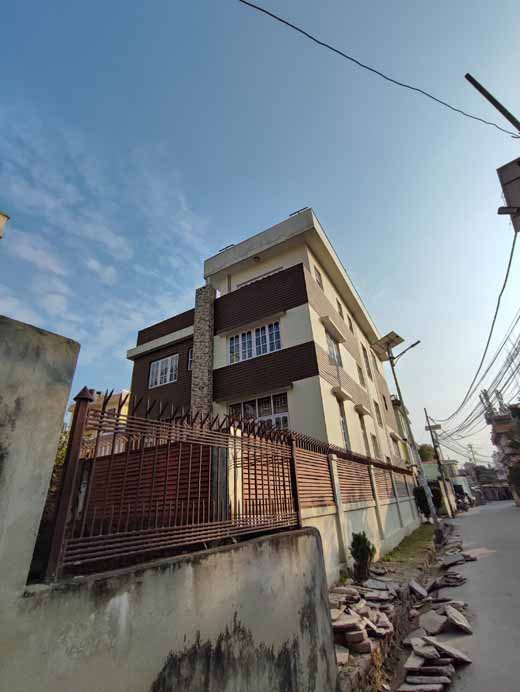
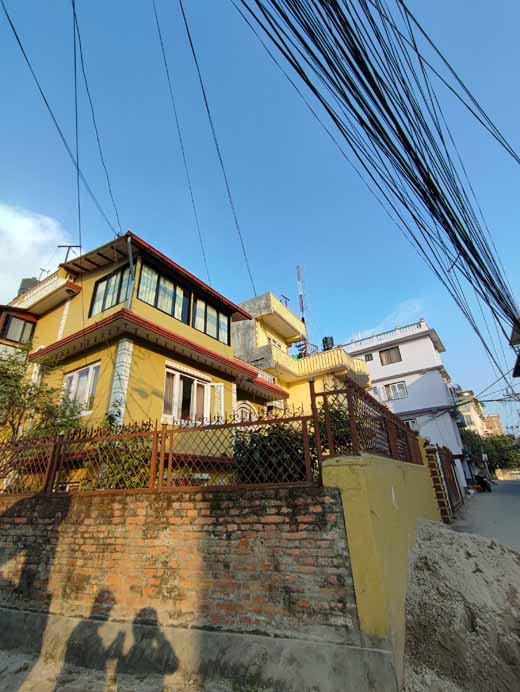
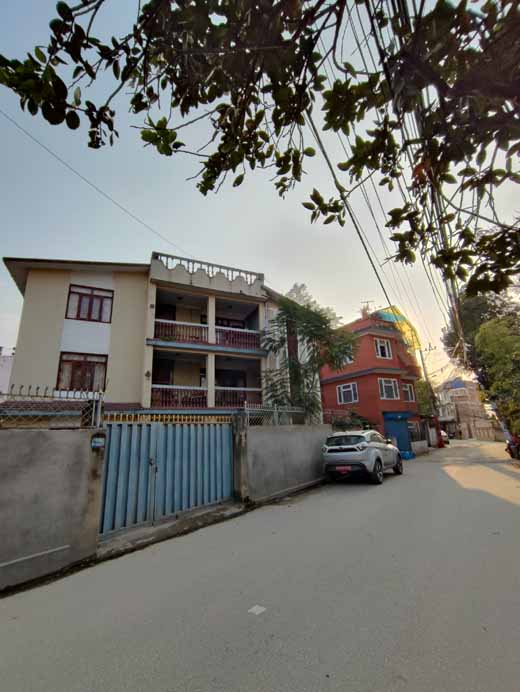


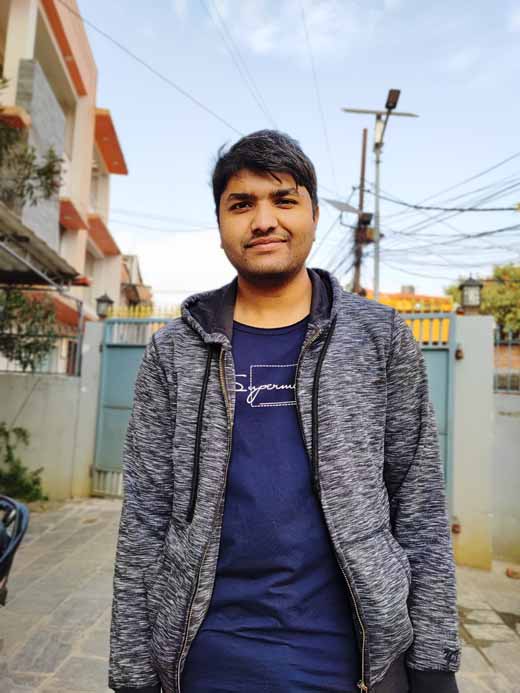














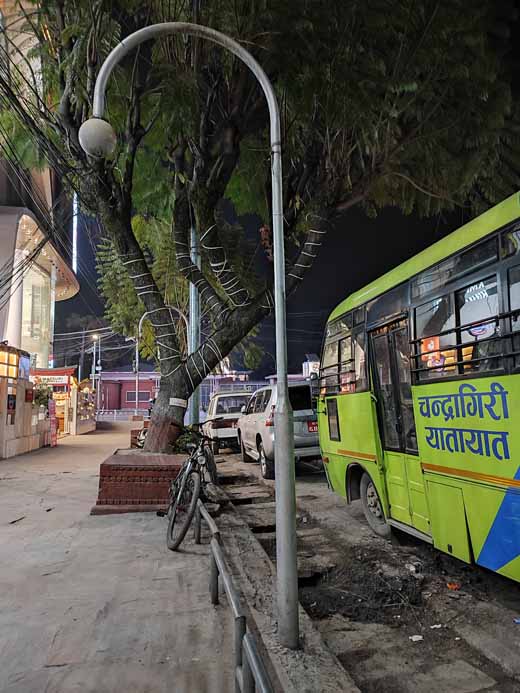






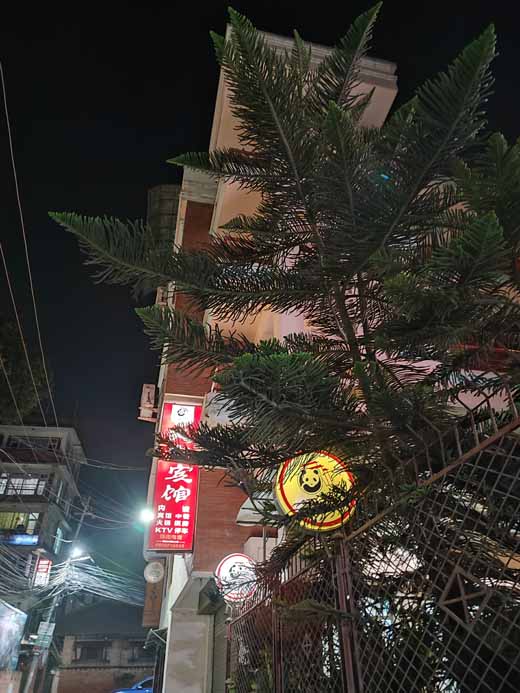


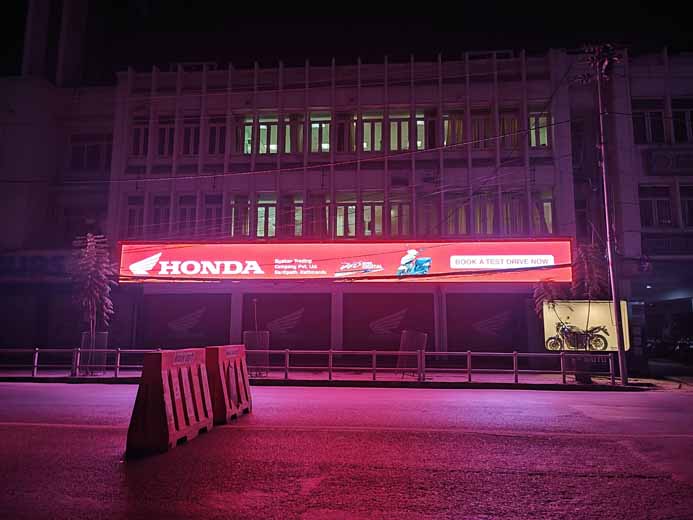
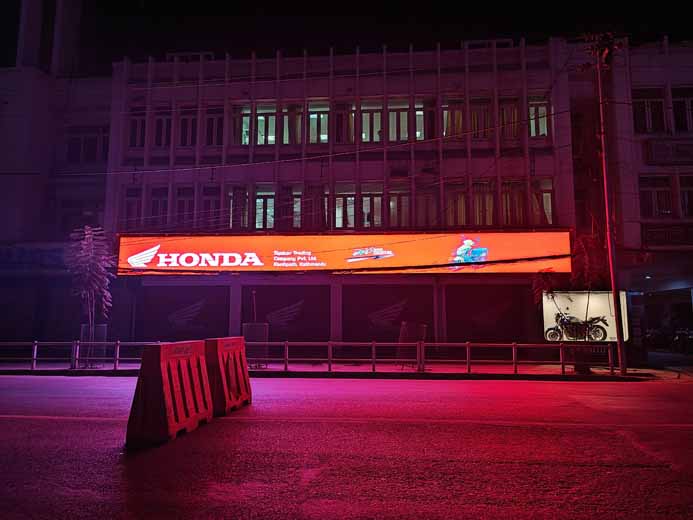



![Best Gaming Laptops in Nepal Under Rs. 250,000 (रु 2.5 Lakhs) [2025] Best Gaming Laptops Under 2.5 lakhs in Nepal [Feb 2025 Update]](https://cdn.gadgetbytenepal.com/wp-content/uploads/2025/02/Best-Gaming-Laptops-Under-2.5-lakhs-in-Nepal-Feb-2025-Update.jpg)
![Best Gaming Laptops in Nepal Under Rs. 120,000 (रु 1.2 Lakhs) [2025] Best Budget Gaming Laptops Under Rs 120000 in Nepal 2025 Update](https://cdn.gadgetbytenepal.com/wp-content/uploads/2025/05/Best-Budget-Gaming-Laptops-Under-Rs-120000-in-Nepal-2024-Update.jpg)
![Best Laptops Under Rs. 80,000 in Nepal [2025] Best Laptops Under 80,000 in Nepal March 2025 Update](https://cdn.gadgetbytenepal.com/wp-content/uploads/2025/03/Best-Laptops-Under-80000-in-Nepal-March-2025-Update.jpg)
![Best Gaming Laptops in Nepal Under Rs. 200,000 (रु 2 Lakhs) [2025] Best gaming lapotp under 2 lakhs Nepal Feb 2025](https://cdn.gadgetbytenepal.com/wp-content/uploads/2025/01/Best-Gaming-Laptops-Under-2-Lakh-Nepal-Feb-2025-Update.jpg)

![Best Mobile Phones Under Rs. 15,000 in Nepal [Updated 2025] Best Phones Under 15000 in Nepal 2024 Budget Smartphones Cheap Affordable](https://cdn.gadgetbytenepal.com/wp-content/uploads/2024/03/Best-Phones-Under-15000-in-Nepal-2024.jpg)
![Best Mobile Phones Under Rs. 20,000 in Nepal [Updated] Best Mobile Phones Under NPR 20000 in Nepal 2023 Updated Samsung Xiaomi Redmi POCO Realme Narzo Benco](https://cdn.gadgetbytenepal.com/wp-content/uploads/2024/01/Best-Phones-Under-20000-in-Nepal-2024.jpg)
![Best Mobile Phones Under Rs. 30,000 in Nepal [Updated 2025] Best Phones Under 30000 in Nepal](https://cdn.gadgetbytenepal.com/wp-content/uploads/2025/01/Best-Phones-Under-30000-in-Nepal.jpg)
![Best Mobile Phones Under Rs. 40,000 in Nepal [Updated 2025] Best Phones Under 40000 in Nepal 2024 Smartphones Mobile Midrange](https://cdn.gadgetbytenepal.com/wp-content/uploads/2024/02/Best-Phones-Under-40000-in-Nepal-2024.jpg)
![Best Mobile Phones Under Rs. 50,000 in Nepal [Updated 2025] Best Phones Under 50000 in Nepal](https://cdn.gadgetbytenepal.com/wp-content/uploads/2025/01/Best-Phones-Under-50000-in-Nepal.jpg)
![Best Flagship Smartphones To Buy In Nepal [Updated] Best flagship phone 2025](https://cdn.gadgetbytenepal.com/wp-content/uploads/2024/07/Best-Flagship-Phones-who-is-it-ft-1.jpg)